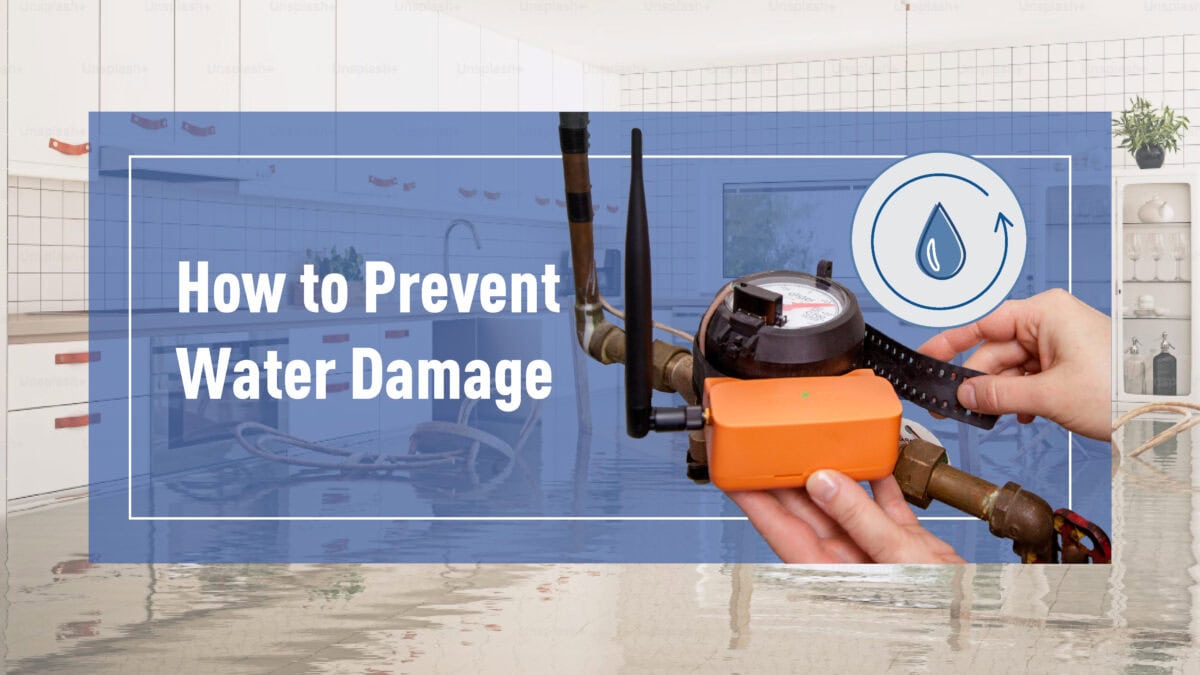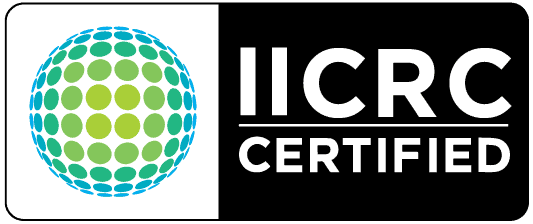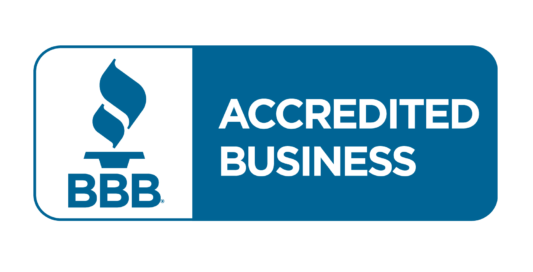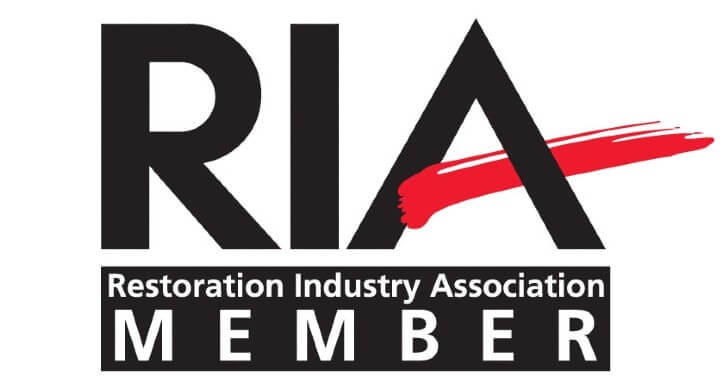How to Prevent Water Damage Claims
If you’ve ever faced issues like a leaky roof, burst pipes, or flooding, you know how devastating water damage can be for your property—and how complicated it can get with your insurance company. According to The Hartford, water damage claims are among the most common insurance claims filed by property owners, accounting for 15 percent of all small business property damage and liability claims.
Preventing small leaks before they escalate into large water damage claims can save you thousands! Whether you’re a residential or commercial property manager, taking the necessary precautions is essential.
1. Install a Water Detection System
Leak detection systems are invaluable for property owners, allowing you to proactively protect your assets. These systems monitor water usage and alert you to any unusual activity, helping you catch leaks before they turn into costly issues. We recommend the Alert Labs water leak detection system, which offers smart devices that send real-time alerts to your phone about leaks, unusual water usage, temperature changes, and humidity levels. With cellular-enabled systems, you’ll receive notifications even during power outages, providing crucial coverage in emergencies.

2. Regularly Inspect Your Property for Leaks
Make it a habit to inspect your property for signs of water damage, including mold, discoloration, and soft spots on walls and floors. Check under sinks, around toilets, and behind appliances for potential leaks. Catching these issues early can prevent costly mold remediation services later.
3. Maintain Your Plumbing System
Plumbing issues are a leading cause of water damage. Regularly inspect pipes for leaks and corrosion, and ensure all plumbing fixtures, like water heaters and faucets, are functioning properly.
4. Install a Sump Pump
If your property is prone to flooding, consider installing a sump pump in the basement or crawl space. This device can quickly remove excess water before it causes significant damage.
5. Keep Your Gutters and Downspouts Clean
Clogged gutters can lead to water accumulation, damaging your roof and walls. Regularly clean and maintain your gutters to ensure they are directing water away from your property.
6. Maintain Your Roof
Inspect your roof regularly to catch any damage early. Accumulated ice or snow can hinder proper drainage and lead to leaks, particularly during winter months.
7. Install a Backup Generator
A backup generator ensures that essential systems, like sump pumps and water detection systems, continue to operate during a power outage, particularly in areas prone to severe weather events.
8. Know Where Your Shut-Off Valves Are Located
In case of a leak, knowing where your shut-off valves are can prevent further damage. Ensure these valves are easily accessible and in good working order.
9. Ensure Proper Ventilation
Proper ventilation is vital for preventing mold and mildew. Make sure areas prone to moisture, like bathrooms and kitchens, are well-ventilated, possibly with exhaust fans.
10. Seal Cracks and Gaps in Your Building
Sealing gaps in your building’s foundation can prevent cold air from causing pipes to freeze and burst. This not only reduces the risk of water damage but also improves energy efficiency.
11. Maintain Appliances
Regularly check appliances like washing machines and refrigerators for hose integrity. Replace hoses every five years to avoid leaks that can lead to significant water damage.
12. Check Your Water Pressure
High water pressure can cause pipes to burst or develop leaks. Regularly check the pressure to ensure it stays within safe limits: typically 30-80 psi for residential properties, with 60-70 psi being ideal.
Conclusion
By implementing these proactive measures, you can significantly reduce the risk of water damage claims at your business or home. However, if you do encounter a water damage issue, be sure to quickly move non-damaged items to safety and file a claim as soon as possible.
Preventing water damage is essential for any property manager or homeowner looking to save time, money, and stress associated with insurance claims. If you need assistance with water damage restoration in San Diego, including mold remediation, our team is here to help. By staying vigilant and proactive, you’ll enjoy peace of mind knowing your property is protected.




